So the WA Liberal Government did a deal with Pauline Hanson and it cost them the election. Right?
Labor can’t get 40 per cent of the primary anymore – and if it could, it can only do so by getting Greens voters back again. Right?
WA is an intensely conservative state that just doesn’t trust Labor, and you can bank on it to underpin the Liberals at a Federal level. Yeah, right.
The political commentariat, and lesser publications everywhere, have focused on these fake news narratives ever since Labor won 41 of 59 seats in WA last weekend. Blinkered by their own prejudices, most of the national press gallery has proceeded to obsess over the Federal Liberal refusal to rule out a preference deal with One Nation and what the consequences might be for the Turnbull Government if they sign on to one.
As usual, they are missing the point.
At the 2014 Senate by-election in WA, the story was all about Labor’s poor showing; just one Senator elected, 22 per cent of the primary vote, disaster and disarray. This narrative obscured the equal disaster, in vote share terms, that befell the Liberals. They polled just 34 per cent of the primary vote after a drop of over five per cent – a larger drop, incidentally, than Labor suffered – and were lucky to pick up a third seat.
Much of this flight from the major parties benefited Palmer United (remember them?) who polled 12.5 per cent and as much as 22 per cent in a good many outer suburban and urban fringe booths. The Tim Tam Poet Clive Palmer got a senator out of that; it’s still unclear what the voters got other than soliloquies on the benefits of a well-made lamington.
This low polling for the WA Liberals, state and federal, has persisted for years. Every poll, public and internal, had shown a Liberal vote in the low 30s for years in WA. Their primary vote of 31.5 per cent on Saturday is neither an aberration nor the result of the deal State Director Andrew Cox struck with One Nation, however ill-advised that may have been.
The real victim of the preference deal was Hanson herself. Six weeks out from polling day both public and internal polls placed her party at a 13 per cent primary vote statewide and trending upward. By contrast, One Nation got 4.7 per cent on the day – a showing virtually identical to their 4.3 per cent in the Senate last year.
At the same time Labor’s primary, which had gone into the election mired around the 34-36 per cent mark, rose to 43 per cent on Saturday.
It’s worth noting that the Labor rise occurred while the Greens stayed about steady with their 2013 result in WA. So much for Labor needing to tack left-progressive to raise its vote share.
In short, a large number of WA’s outer suburban and metropolitan fringe voters who voted Liberal in the State and Federal election of 2013 shifted their vote first to Palmer United in 2014, then to One Nation and ultimately, during the election itself, came to Labor. The Liberal Party had already lost those votes when 2017 rolled around; it did not lose them during the campaign at all. Viewed in this context, the attempted preference deal with Hanson was actually good politic strategy for the Liberals – at least in theory.
So what happened?
Firstly, the Labor campaign team understood this dynamic very clearly and targeted the One Nation vote expertly. Policy initiatives like lifting the ban on UFC events – a hugely popular sport in the Hanson demographic – or big ticket items such as Labor’s jobs plan and local content rules for manufacturing and fabrication on infrastructure projects nailed this precisely.
Secondly Labor resisted the temptation, sore as it must have been at times, to engage in cultural warfare. Rather than label One Nation or its voters racist, sexist, bigoted or otherwise morally deficient Labor understood that the real drivers of this vote were economic and stuck to that turf. Assisting them was the mid-campaign decision of the Fair Work Commission to cut wages through reducing penalty rates; Labor campaign staff reported a jump in voter response from that point which never went away for the rest of the campaign.
Thirdly, though, and most importantly, One Nation itself gave Labor the gun to shoot them with by signing on to a preference deal with the Liberals in the first place. Hanson has perhaps failed to understand that her surge in support – beyond a core base of three t0 five per cent – was due not to approval for her policies or candidates but instead driven by the electorate’s hatred of politics in general and politicians in particular. The ultimate outsider, Hanson was and is a vehicle for every dislocated, economically insecure, downscale voter who felt disenfranchised enough to want to poke the whole political system in the eye.
When the anti-politician does a deal with politicians for political advantage, what’s the point of her anymore?
Added to this colossal blunder was Hanson’s historical enmity for penalty rates, a connection that assumed potency once her deal with the Liberals was known. In the wake of the Fair Work Commission decision the union movement attacked her relentlessly on this point, perhaps most effectively in a retail union advertisement that used her own quotes on the subject and ended with the tagline, “Pauline Hanson: now just another politician”.
As political kill shots go, this was perfectly targeted.
Hanson’s voters tend to live closer to the margins, economically and geographically. They see the system as having failed them by not responding to their material circumstances (facts that contribute to the political impact of wage cuts and penalty rate reductions). I suspect that they know One Nation’s personnel and policies to be weird and unpleasant, but don’t care precisely because those characteristics mark her out as different to the politics they’ve come to despise.
The attack that does resonate, however, is that she is no longer one of them – that by returning to the Senate and cutting cosy deals she has become what they hate. And so it was in WA.
There’s now no way that One Nation can, at a Federal level, do anything other than direct their preferences against all incumbents. Any other decision, especially a deal with the Turnbull government, would crush their vote as it was crushed on Saturday. This epiphany is the real takeaway from the WA result for Federal politics.
The second lesson is for Labor – stay away from the culture wars, don’t chase Green voters in the inner cities, don’t obsess about left-progressive Greens-lite trivialities and avoid the language and positioning of political and geographical insiders. A focus on jobs, growth, wage levels, infrastructure and what might be precariously termed economic nationalism will see those outer suburban voters come back to the ALP and the magic figure of 40 return to its primary vote.
A third realisation should be, for all parties, that the concept of a “safe” seat no longer has any basis in reality. Labor won the seat of Murray-Wellington on the weekend; it procured a swing of over 20 per cent to do it. With fewer voters having a strong party affiliation, an electorate with less patience and the sudden realisation by voters that they can, in fact, vote their politicians out of office, anything is possible in any electorate anywhere.
The federal Liberal government is dead. In WA alone it now faces a loss of five currently held seats – Swan, Hasluck, Pearce, Stirling and Canning – and a wipeout in Queensland. The Western results alone would take Labor to 74 seats; the end is nigh. The only question left is whether One Nation will go down with the ship or wise up to who its voters are and what they want.
Is Pauline Hanson is up to the task?
Yeah, right.
Luke Walladge is the director of Western Industrial, a Western Australian-based consultancy.
Got something to add? Join the discussion and comment below.
Got something to add? Join the discussion and comment below.
Get 10 issues for just $10
Subscribe to The Spectator Australia today for the next 10 magazine issues, plus full online access, for just $10.

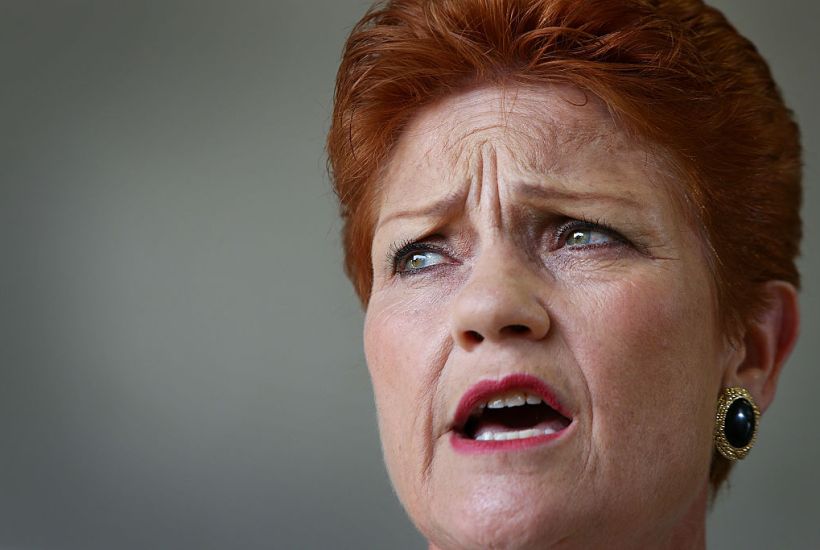
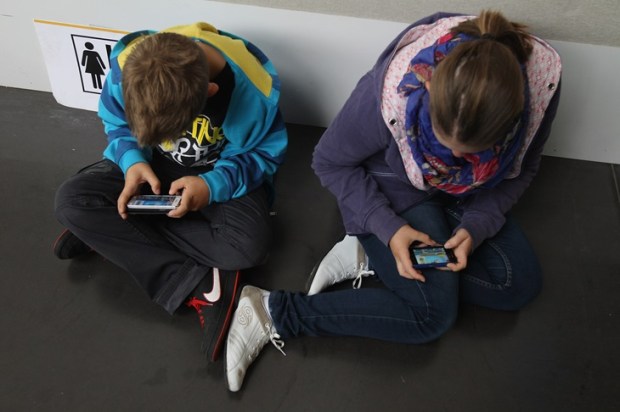
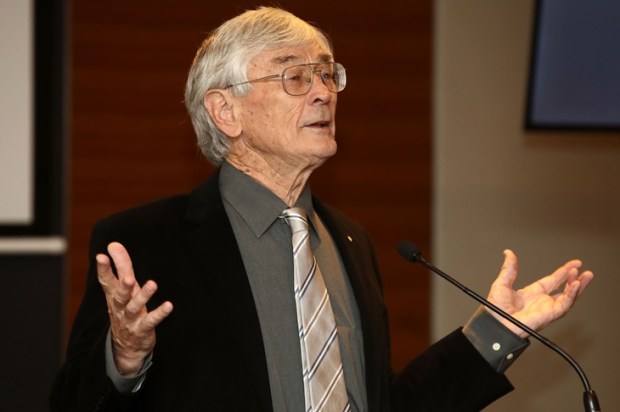
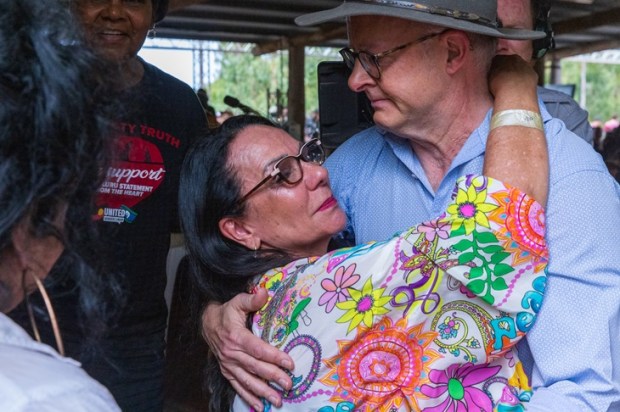

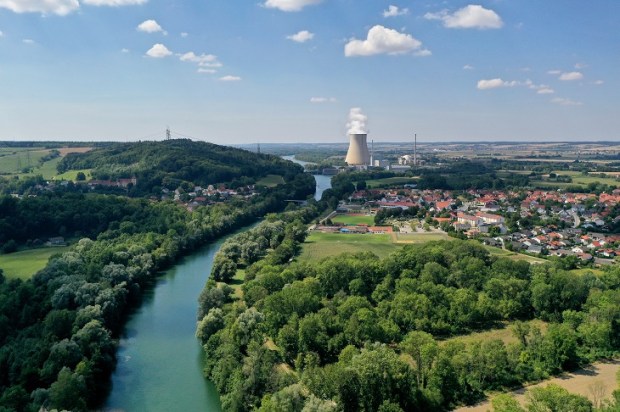



















Comments
Don't miss out
Join the conversation with other Spectator Australia readers. Subscribe to leave a comment.
SUBSCRIBEAlready a subscriber? Log in